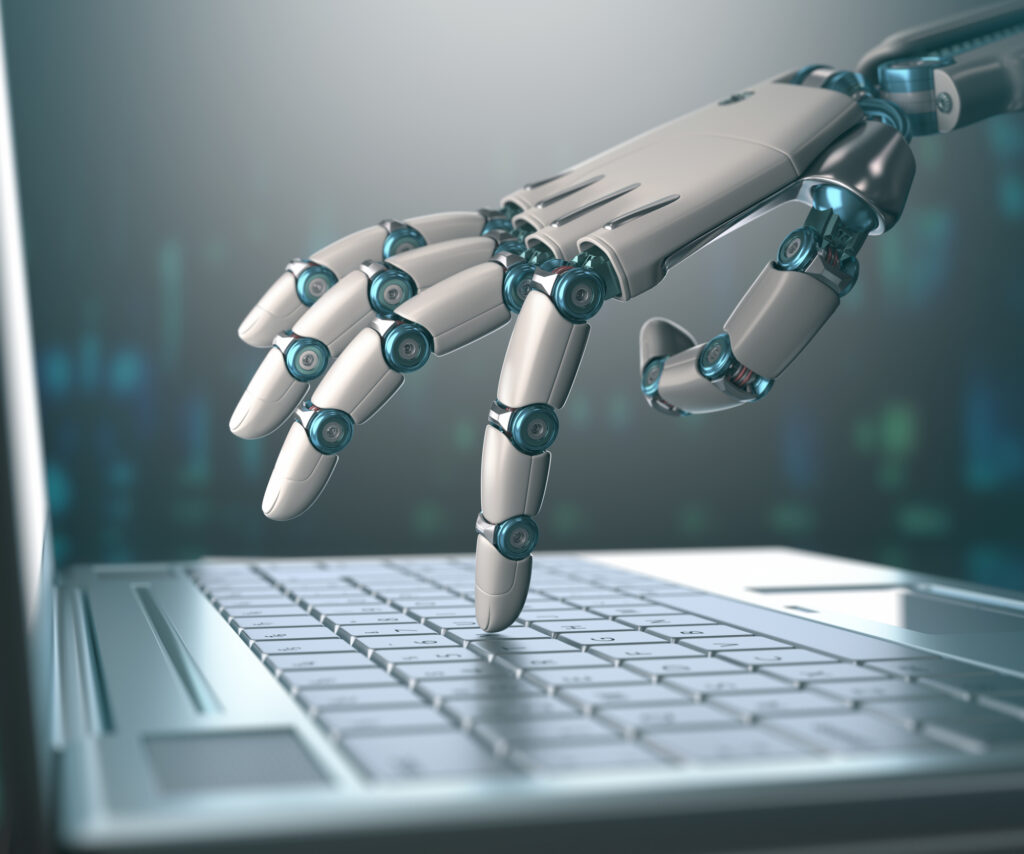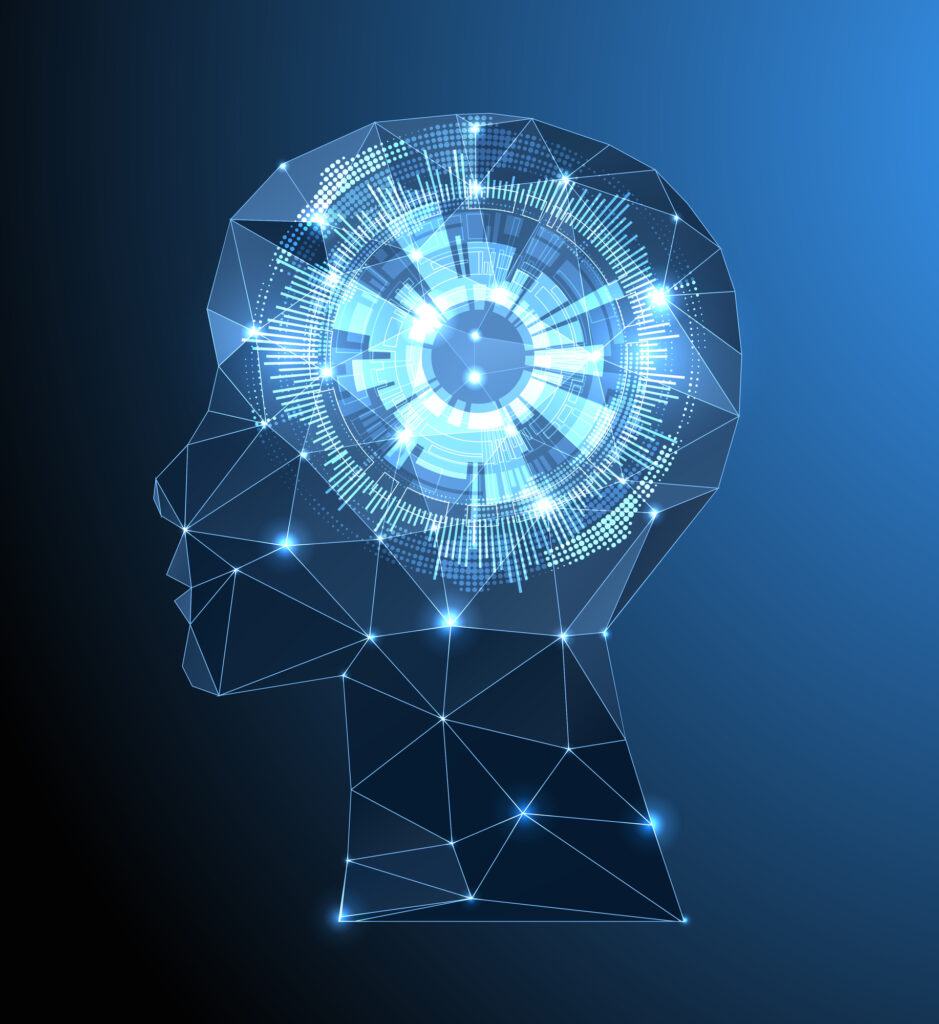In 2022, we will see the terms Artificial Intelligence and Digital Transformation linked. It is likely that even if organizations or thought leaders only mention one, they are still referring to the two working together. AI is already driving the next phase in DX initiatives, and software. It will continue to do so, bringing about opportunities and improvements that were previously impossible.
AI is a term that has many different definitions depending on the context and use. We will first explain its meaning DX.
AI and Digital Transformation: A Definition
When AI is mentioned in the contexts of engineering and manufacturing we usually refer to artificial limited intelligence. It’s not about machines thinking like humans, but sophisticated algorithms that are designed to perform a specific task using a set of well-understood inputs. Artificial intelligence created for CAD applications will not have a thought outside of the parameters that were previously defined.
AI-powered processes, unlike standard automation, can react to unexpected changes or new information. This is the biggest advantage. AI algorithms are not restricted by predetermined outcomes and can learn from both success and failure. They can self-correct and analyze data to detect challenges before they happen.
Automation is most effective when it is deployed to a well-defined, pre-existing process. For example, established manufacturing lines. Automation processes are always dictated by the user within the constraints of inputs. AI is most effective when attempting to solve complex problems or those that do not have pre-defined rules. The AI can be given a series of inputs and will either analyze it to determine the best course of action or execute it automatically, depending on the situation.

Why AI is important for digital transformation
PTC believes that digital technology has the greatest impact when it transforms the physical world. This improves productivity, innovation, and impact. AI is therefore essential for many DX applications. It is necessary for the digitalization of products and processes. Without it, there would be a huge amount of data that no human being could analyze or react to in a reasonable timeframe. If you look under the hood of any PTC product you will find AI driving critical applications such as generative design or predictive analytics.
Let’s take Vuforia as an example. Vuforia, an enterprise-level augmented reality platform is powerful and scalable. But what makes it that way? Vuforia uses computer vision, rather than simpler GPS-based AR or QR/barcode-based AR programs that rely on external data to provide AR functionality. It needs to have access to a database and be able to read patterns within the shapes to identify accurately what the user sees. The user gains a higher level of efficiency.
Let’s take a look at another example of how generative designs are used in CAD. Many engineers today use 3D CAD software (such as Créo), as a key tool for developing and creating product designs. This process is faster than paper-based copy but it is still not optimized. In some cases, engineers receive system requirements before starting the design process. If they were using a program without AI enhancements, they would be forced to start from scratch. AI is used to automate the complex process of generative design, generating the optimal design automatically with minimal input. This powerful technology is used behind the scenes to make engineers more efficient and create innovative designs.
More than data collection from DX initiatives is required. It is unlikely that any data collected from different stages of the product’s lifecycle will be used to reduce breakdowns or improve efficiency without an AI component. A digital laggard is also a possibility for organizations that do not have AI initiatives as part of a DX strategy. In a 2021 PwC report, 86% of respondents viewed AI as a primary-stream technology. A quarter of respondents have fully enabled AI-augmented processes that are being widely adopted.

AI and the Cloud: How they work together to empower digital transformation
You may have noticed that our messages are changing as we emphasize the cloud nature of our software. AI is a part of this shift. AI requires processing power, and most organizations don’t have enough space to house large server rooms. Software-as-a-Service products such as Arena and Onshape take advantage of AI. The larger the database is, the more powerful and efficient AI will be.
SaaS, or cloud-based software, allows AI to be used without the burden of a large number of servers. AI is essential for companies to become more responsive, and even more predictive in their problem-solving. AI is a cloud-based solution that does not require traditional automated solutions. However, it does not use the computing power needed to give the company a competitive advantage.
What is the future of AI in digital transformation?
AI is already having a positive impact on DX at many points. Engineers creating CAD files using generative AI will see updates to their design parameters. This opens up new possibilities for design, such as viable alternatives that were not previously considered.
Instead of just having surplus data, the executive who wants to improve efficiency in her organization’s multi-location has access to the analytics provided by AI platforms. She can then better implement an AI enterprise-wide strategy. The improvements include greater visibility of company initiatives, whether at the corporate level or the departmental level. This can speed up the approval and production process for new products and services without skipping key steps.
PTC anticipates that more companies will adopt AI to their DX initiatives in the future to maintain a competitive edge. AI is a key component of some of PTC’s most innovative products, and it will continue to be a driving force behind PTC solutions in the years to come. It is not about replacing humans with software. Cloud-based data can be used to analyze and act efficiently and give people the tools needed for success today and in the future.
